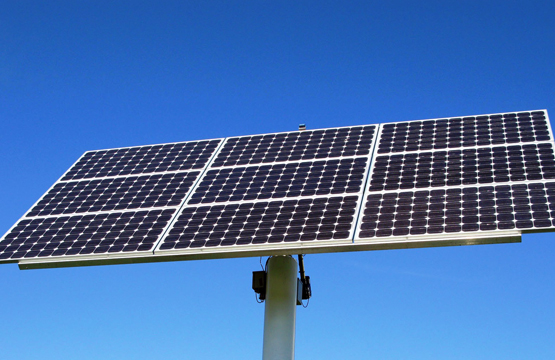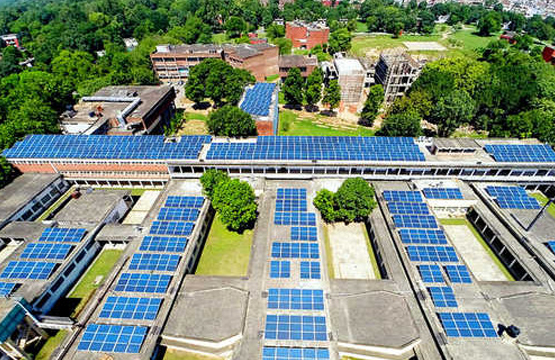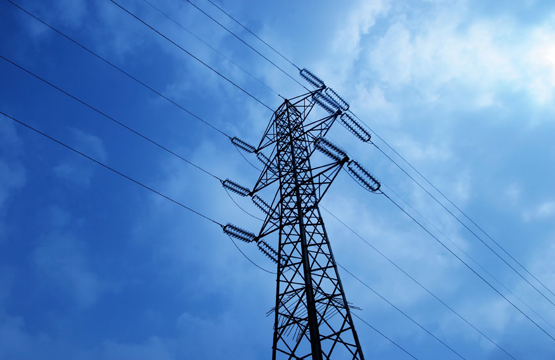Electricity Solutions

Introduction
GIS is used for planning and monitoring power generation resources. Sophisticated spatial analysis is useful for determining optimum generation potential, formulating what-if scenarios, studying environmental impact, and managing facility assets. GIS is used to spatially analyze network congestion, consider growth opportunities for renewable energy sources, determine site feasibility, and create energy resource market scenarios.
Power companies can intelligently plan, build, monitor, and manage their transmission networks using GIS technology. The geodatabase is a key component for maintaining and managing accurate transmission asset data such as substations, lines, and associated structures. Use GIS to assess grid reliability levels and formulate plans for improving reliability, meet compliance requirements, site and manage transmission corridors, inventory and schedule right-of-way maintenance, and analyze load growth or changes in load shape or strain on substation capacities.


Solutions
Using GIS technologies, generation and transmission companies improve their business operations by
 Analyzing market potential
Analyzing market potential
 Reducing maintenance costs
Reducing maintenance costs
 Optimizing assets
Optimizing assets
 Monitoring environmental impacts
Monitoring environmental impacts
 Automating processes
Automating processes
 Streamlining work procedures
Streamlining work procedures
 Improving earning potential
Improving earning potential
 Integrating business systems
Integrating business systems
